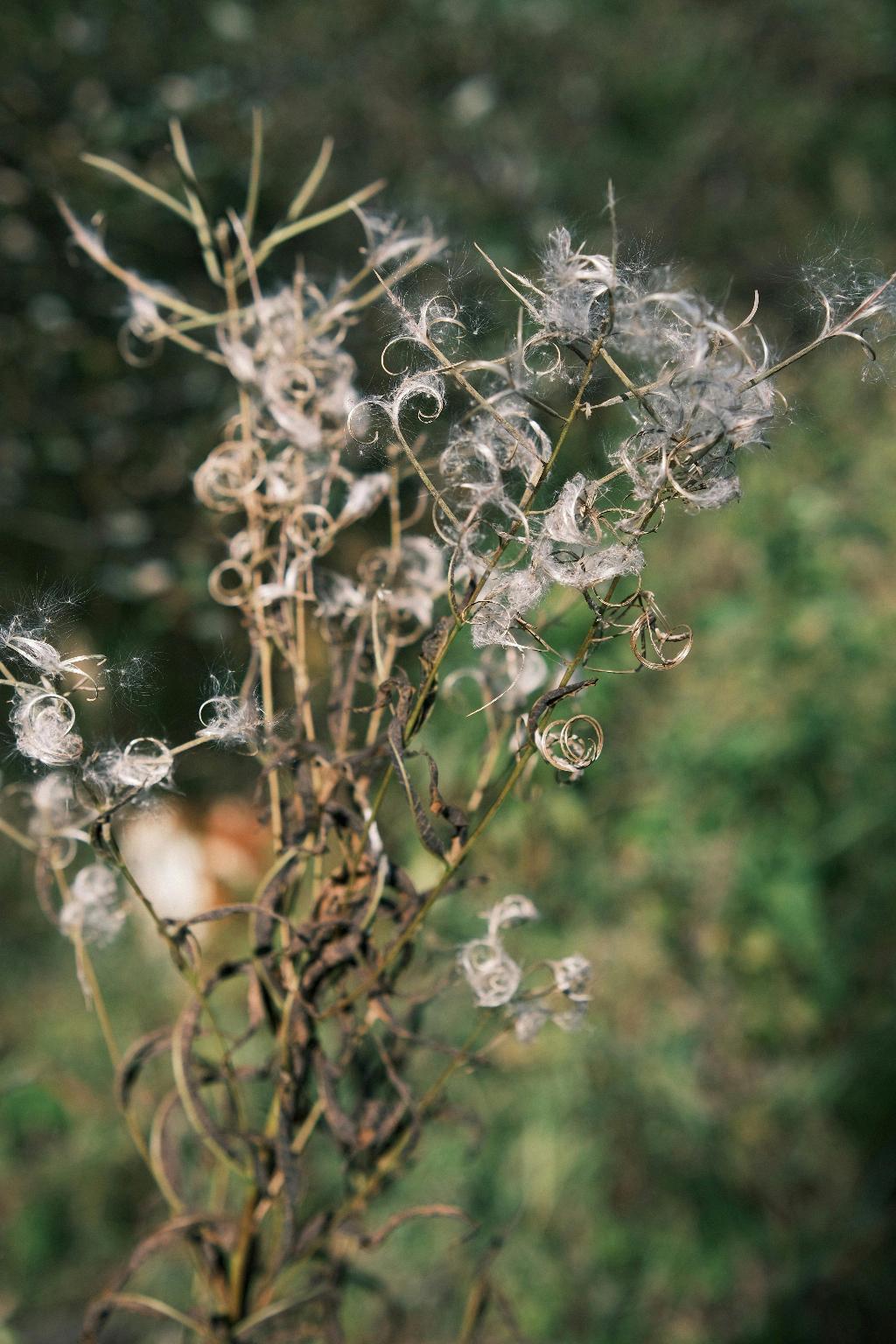When it comes to our pets, their safety and well-being are of utmost importance. As loving pet owners, we always want to ensure that our furry friends are not exposed to any harmful substances or plants. The question of whether clematis is poisonous to dogs is one that has raised concerns among pet owners, and it is important to delve into this topic to better understand the potential risks involved.
Clematis, a popular flowering plant known for its vibrant colors and aesthetic appeal, contains an irritating glycoside that can have adverse effects on dogs if ingested. This compound can lead to symptoms such as drooling, vomiting, and diarrhea, which can be distressing for both the pet and the owner.
According to the Pet Poison Helpline, clematis is recognized as a plant that dogs should avoid due to its toxic properties. While the plant has a bitter taste that is generally unappealing to dogs, there is still a risk of accidental ingestion, particularly for curious or playful pets.
It is crucial for pet owners to be aware of the potential dangers associated with clematis and other toxic plants to prevent any harmful incidents. Taking proactive measures such as keeping clematis out of reach of pets and creating a safe environment can help minimize the risk of exposure.
As responsible pet owners, it is recommended to familiarize oneself with a list of plants that are toxic to dogs, including clematis, to ensure the safety of our beloved companions. Awareness and education play a crucial role in protecting our pets from potential hazards in their surroundings.
While clematis may pose a risk to dogs if ingested, it is essential to note that not all dogs will have the same reaction to the plant. Some dogs may exhibit mild symptoms, while others could experience more severe effects, depending on factors such as the amount ingested and the individual pet’s sensitivity.
Seeking immediate veterinary assistance is crucial if a dog is suspected of ingesting clematis or showing any symptoms of poisoning. Prompt medical attention can help mitigate the effects of exposure and prevent further complications, ensuring the well-being of the pet.
Preventive measures such as regular monitoring of pets while outdoors and providing a well-balanced diet can contribute to their overall health and reduce the likelihood of accidental ingestion of toxic plants like clematis. A safe and pet-friendly environment is essential for the happiness and welfare of our furry companions.
Ultimately, while clematis may add beauty to our gardens and landscapes, it is essential to prioritize the safety of our pets by being informed about potential risks and taking proactive steps to mitigate them. By staying vigilant and educated, pet owners can create a secure environment that promotes the well-being of their beloved canine companions.
In conclusion, while clematis can be a stunning addition to your outdoor space, it is crucial to recognize the potential dangers it poses to dogs. By understanding the risks, implementing preventive measures, and acting promptly in case of exposure, pet owners can safeguard their furry friends from the harmful effects of this toxic plant.

